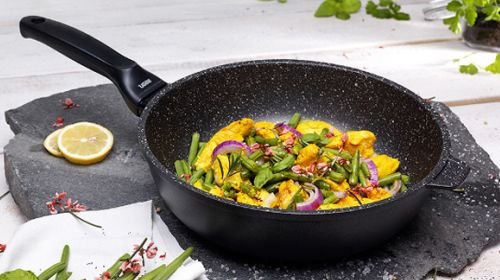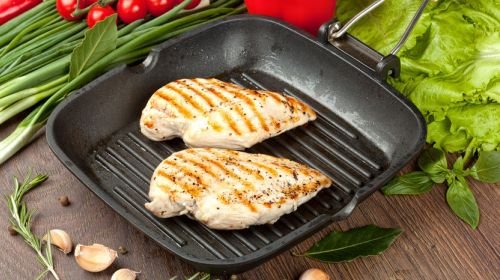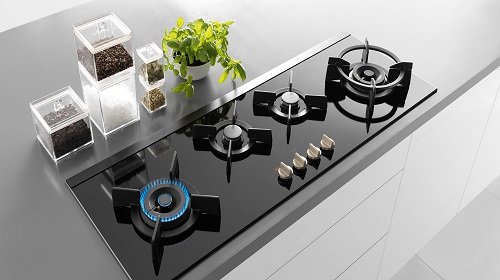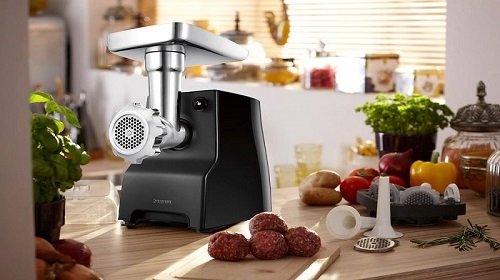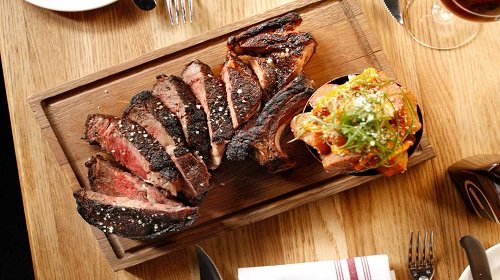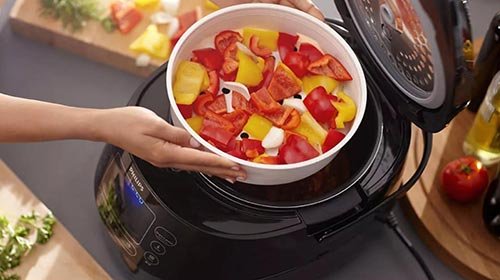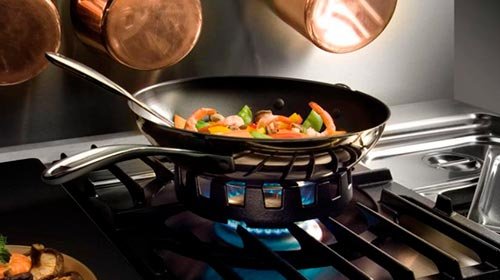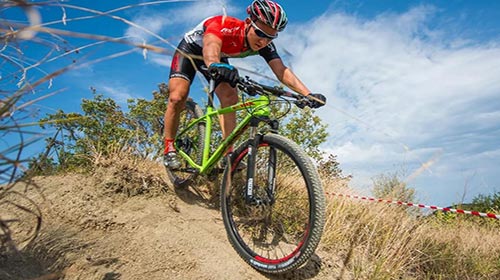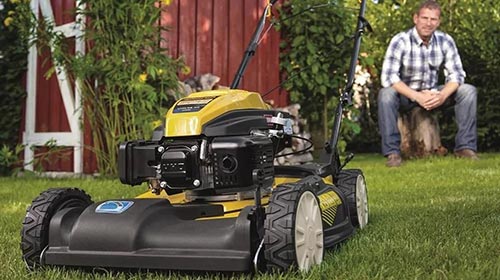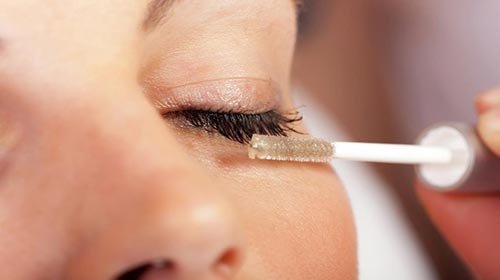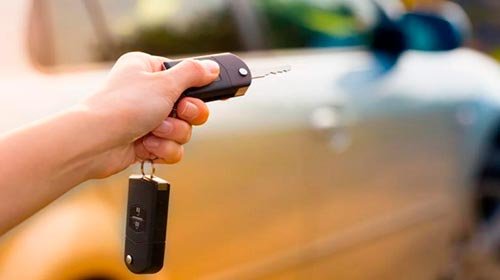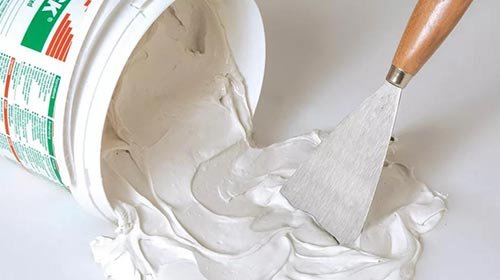The taste of dishes depends largely on what kind of pan they were cooked. The best option if the kitchen has several pans for cooking different dishes. But in most cases, housewives are content with one or two pans. Therefore, it is often necessary to choose a universal option. Ten tips will help you choose the best griddle.
Content:
See also:
Pan type
Types of pans, which is better to choose?
Shops offer a wide range of various pans. They differ in shape, metal and coating, weight, wall thickness. All of them are divided into several categories.
- Classic. Standard universal round pans. A good option for all cooking methods. For example, frying and stewing. Material, wall thickness are different.
- Pancake. Round pans of small diameter with a flat bottom and low sides of about 1 cm for easy turning of pancakes.
- Grill pan. Differs specific ribbed bottom. Used for roasting products. For example, cooking steaks. A great choice for lovers of healthy food. Products during cooking are not in contact with the bottom, they are not greasy. Provided there is enough high-quality non-stick coating, you can cook on them without oil. The shape is different in contrast to the standard options - round, square, triangular, rectangular. Additionally, there are gratings for fixing on the sides.
- Wok A simplified version of the Japanese pan for quick frying various foods. It has a specific shape - a small, flat or rounded bottom, high sides with a sharp expansion at the top. Because of the specific shape, it is heated in the main part, so the products can burn quickly, they need to be constantly stirred.
Metal
Which pan is better to choose - cast iron, aluminum, copper?
The metal used to make the dishes affects not only the durability, but also the taste of the prepared dishes. It depends on the heating rate, the duration of heat preservation. The choice of metals and variants rather big.
- Cast iron. The most reliable "grandmothers" pans that serve for generations. Cast iron frying pans are the best in terms of durability, uniform heating and heat retention. They warm up slowly but strongly. In them it is very convenient to cook game, stew, bake pies, make casseroles in the mode of languishing. On gas stoves, they are heated most evenly. A big plus - cast iron pans can be cleaned with metal scourers, use any blades, not just wood and silicone. Caring for them is extremely simple. As it is used, an oil film forms on the inner surface - it serves as a natural non-stick coating. If you need to choose a versatile and durable option, cast iron cookware is the best solution.
- Aluminum. The metal is uniformly, instantly heated, but also quickly cools. The only plus is that they are very light. Otherwise, only cons - scratched surface, an unpleasant metallic aftertaste in sour dishes. In aluminum pans, it is not possible to cook on induction hobs. Given all the shortcomings, it is better to choose a combined version of aluminum and stainless steel.
- Copper. Copper pans are expensive, but very comfortable and beautiful. They are often used by professional chefs in restaurants. Usually, copper goes in combination with stainless steel, as it is subject to deformation - you need to handle such pans with care.They do not recommend cooking on induction stoves, but this prohibition can be circumvented. They sell special discs from another metal.
Non-stick coating
What non-stick coating is better, what to choose - Teflon, ceramics, marble?
Frying pans with a good non-stick coating are most suitable for daily cooking. It does not allow food to burn, which makes the process of cooking more pleasant and simple. Non-stick coating is of several types.
- Teflon. The most common non-stick coating. When cooking in such pans, you can cook completely without fat, which pleases supporters of a healthy diet. Pluses - small weight, extreme ease of care. Minus - they can not be heated above 200˚С. They will emit carcinogenic gases. Another disadvantage is that the coating is unstable to mechanical damage and does not last long. The highest quality frying pans that withstand heating up to 260 ° C are manufactured by Tefal.
- Ceramic. The non-stick layer is made from a special nanocomposite polymer. Ceramic coating is considered higher quality than the classic Teflon. Even warming up to 450˚C, does not emit harmful substances. The most common metal is aluminum. It is used because of the ease, speed and uniformity of heating. But ceramics are also not durable. Falls, sudden changes in temperature, detergents using alkali - all this leads to damage, cracking of the non-stick layer. Ceramic frying pans can not be used for induction stoves and dishwasher-safe. But if you treat her carefully, she will last up to two years. The most popular brands are Moneta, Fissler, TVS.
- Marble. A variety of Teflon coating, which added marble chips, thereby increasing the service life. The use of aluminum as the main material gives the pans all the above properties - lightness, speed and uniformity of heating. Due to the use of an improved coating cools a little slower than standard Teflon pans. Prices for them vary greatly depending on the quality and manufacturer. If you want to choose really good dishes, look at options from 2000 rubles with the thickest multi-layer bottom. The service life under the condition of careful handling and proper care will be up to 25 years.
- Granite, titanium, diamond. Less common types of nanocomposite compositions. Their higher cost is offset by excellent quality. The main advantages are durability, reliability, resistance to shock and temperature changes. According to their characteristics, they can be compared with the best cast-iron analogues, to which they can additionally boast ease and safety. Disadvantages - not suitable for induction cookers, are expensive. Good brands are Woll, Swiss Diamond, Risoli.
Purpose
What is the best way to choose a pan for its intended purpose?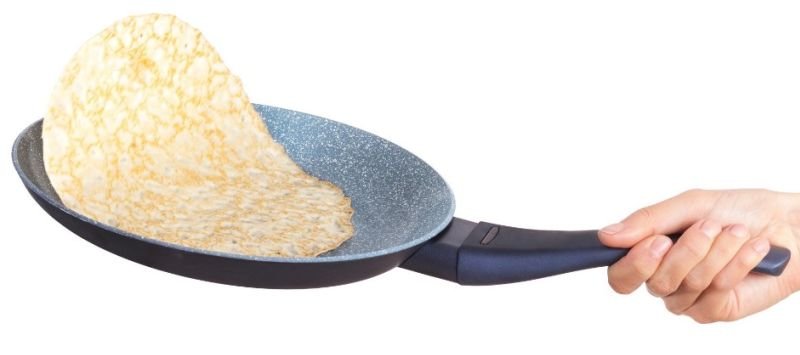
A very important point - for what purpose you want to choose a pan. For frying eggs and cooking breakfasts, a small, inexpensive frying pan with a non-stick coating will do. For frying and cooking stews it is better to choose options of large diameter with a thickened bottom. Make sure that the handle is comfortable before purchasing.
For quick frying products in the Asian style, you should choose a wok pan fashionable now. For pancakes, you need a separate pan specially designed for this. For frying steaks, vegetables and other similar dishes, you should purchase a grill pan.
Manufacturers
Which producer frying pan is better to choose?Usually, when choosing dishes, buyers do not attach special importance to the manufacturer, relying only on the characteristics, appearance of the product and personal preferences. But, if you choose a proven brand, the pan will last much longer. There are several of the most popular, well-established brands.
- Tefal. The leading company in the production of pans with Teflon coating. The French company offers customers a wide selection of quality tableware.Pans of this brand are equipped with temperature indicators, showing the degree of heating.
- Rondell. German company offering sturdy, comfortable pans. The manufacturer uses high-quality materials, durable, wear-resistant coatings and gives a guarantee on the products offered.
- Kukmara. Tatar producer produces high-quality pans with a massive bottom and thick walls. Great brand advantage - affordable prices.
- "Neva-metal tableware". The company from St. Petersburg produces cast dishes. For convenience of preparation, different types of non-stick coating are used. Pans of this manufacturer are long, not deformed, resistant to scratches on the inner surface.
- Tvs. This Italian company is considered one of the best manufacturers of aluminum pans with non-stick coating. Their products combine reliability, convenience, unconditional quality and an attractive look. Various especially resistant non-stick coatings are used.
Pan size
What size frying pan is better, what diameter to choose?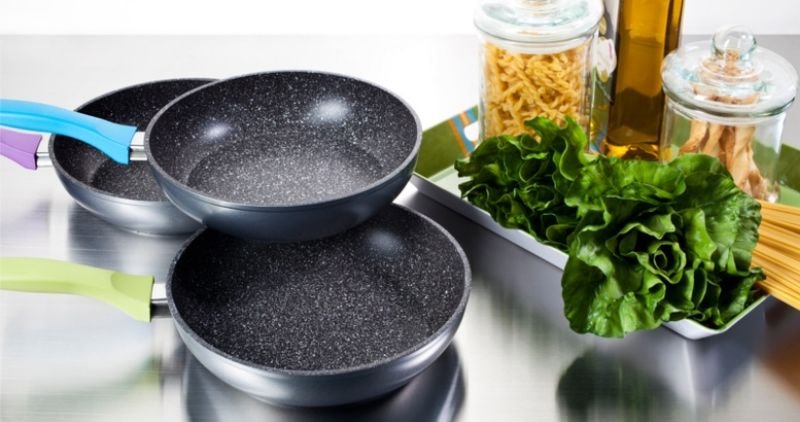
Standard, the most common sizes of pans - from 18 to 28 cm. These numbers indicate the external diameter of the product. This parameter deserves special attention if the pan is sold without a lid - this will help you to choose it separately. The optimal size depends on various factors - the size of the family, the dishes you are going to cook.
Another parameter is the diameter of the burners on the stove. Too big frying pans is not recommended to buy - the food will remain raw at the edges and burn in the middle. The optimum height of the sides, suitable for the preparation of any dishes - 3 cm.
Weight and bottom thickness
Which pan is better to choose - light or heavy?How to choose a griddle - light or heavy? Most users agree that heavy models are much better, as they are stable, they are heated most evenly due to the thick walls and the bottom. Thick metal is resistant to deformation, it serves for a long time and does not burn through. But too heavy pans should not be chosen either - the hand will tire.
The minimum metal thickness of a quality product is from 3-4 mm. A pancake pan needs fast heating, so let's say a thinner metal. In other cases, the thicker the walls, the more uniform the heating will be. In a quality product, the metal thickness should be uniform, and the frying surface should be even.
Outer cover and lid
Which outer cover is better, which cover to choose?
Additional feature - external coating. It does not affect the quality of cooking, but it affects the appearance of the dishes. The most common models with enamel and varnish. There are also raw options. Varnish - not a very good solution. It quickly loses its appearance - it burns, loses its original color, is covered with scratches. Enamel coating is better because it is more resistant. Good ceramic pans are usually coated with nanocomposite material not only inside but also outside.
If the pan is sold without a lid, you can pick it up separately. They are glass and metal. The advantage of glass - you can control the cooking process, without lifting the lid. Metal more durable, not afraid of falls and bumps. Make sure that the handle on the lid can withstand high temperatures, is not fixed directly - in this case it will heat up less. An optional, but desirable condition is the presence of an opening for the release of excess steam.
Convenience handles
Which pen is better and more convenient, what material to choose?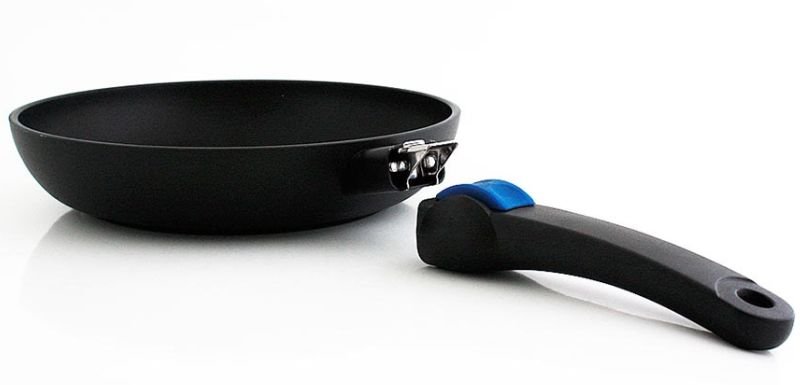
It depends on the shape and quality of the handle how convenient it will be for you to cook. They come in all shapes.There is no single rule of choice - you need to focus on your own feelings. Before you buy a griddle, you need to lift, hold, twist to make sure that it fits comfortably in your hand.
It is worth paying also to the type of fastening of the handle and its reliability. Rivets are not the best option, screws are better. Better than others in this regard, solid products. It is also worth paying attention to the handle material. Good options - processed wood, heat-resistant plastic. Metal handles are the most reliable, but they get very hot. You can choose the option with a removable handle, if you plan to cook in the oven often.
Plate type
Which is better to choose a pan for a gas, electric stove?Responsible manufacturers usually indicate for which types of stoves (gas, electric, induction) cookware is suitable. Relevant information is applied to the bottom of the pan or recorded in the attached instructions. For gas stoves there are no restrictions - you can use any options. The best choice is heavy models with a thick bottom. They are more convenient to use for gas stoves because of the increased stability.
For electric stoves, you can use any pans, except aluminum without coating. When heated, it leaves traces on the burners. The same can be said about glass-ceramic plates. Another important condition - the diameter of the pan should correspond to the size of the burner. The main thing is that the bottom was thick and perfectly even. Problems arise only with induction plates - they need special pans with the ability to magnetize. The material of which the bottom is made is important, and the walls can be any.
